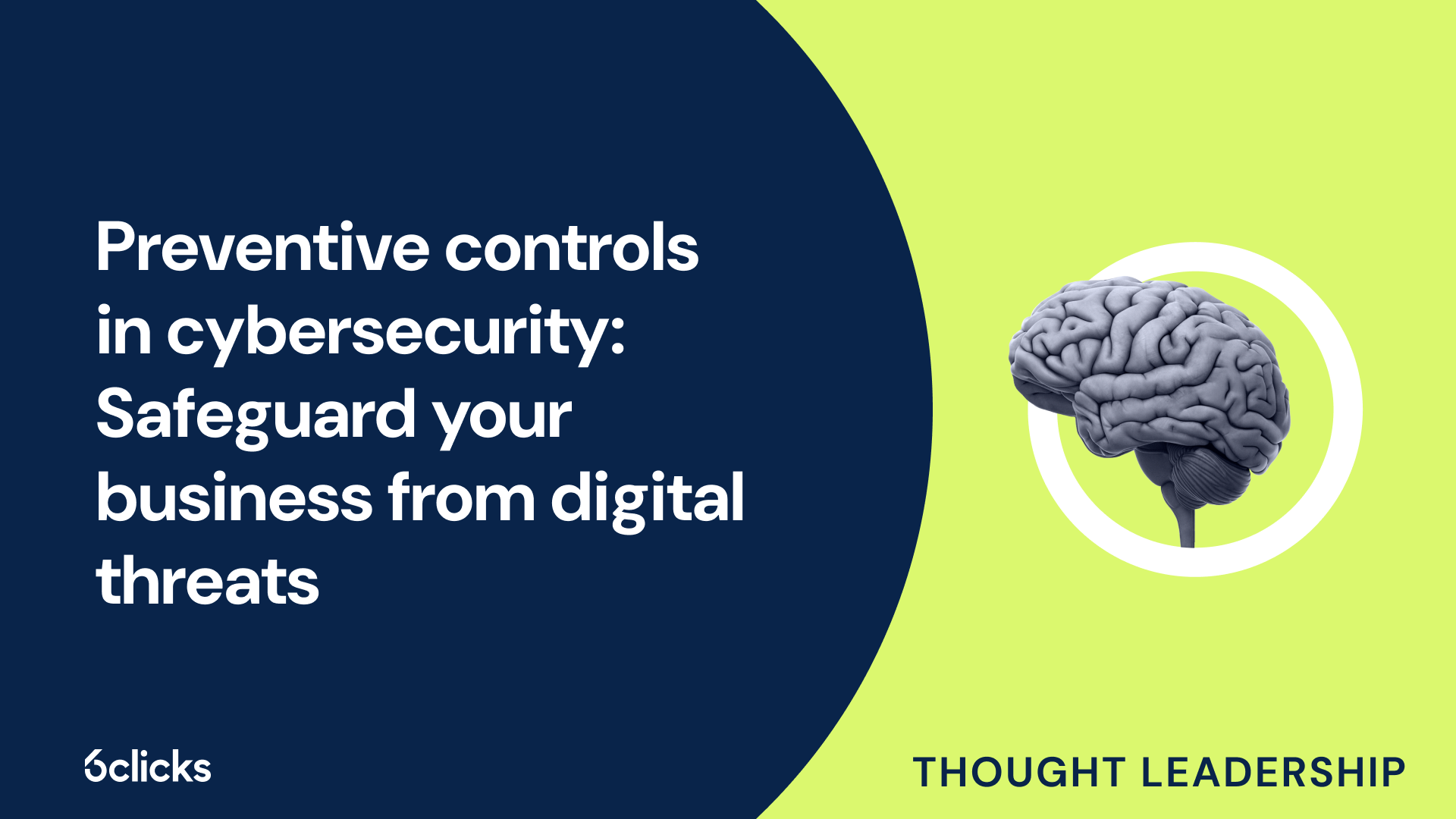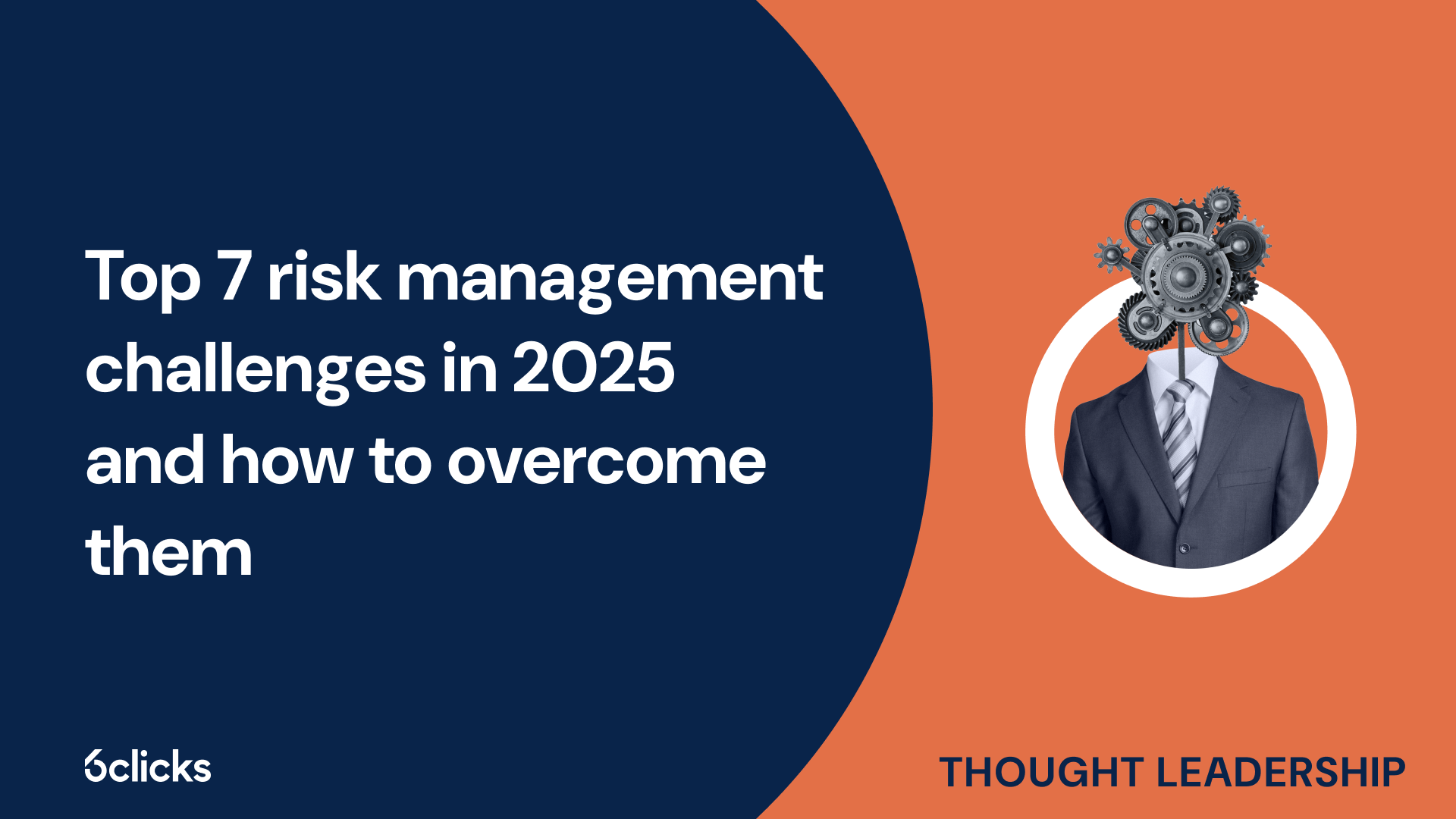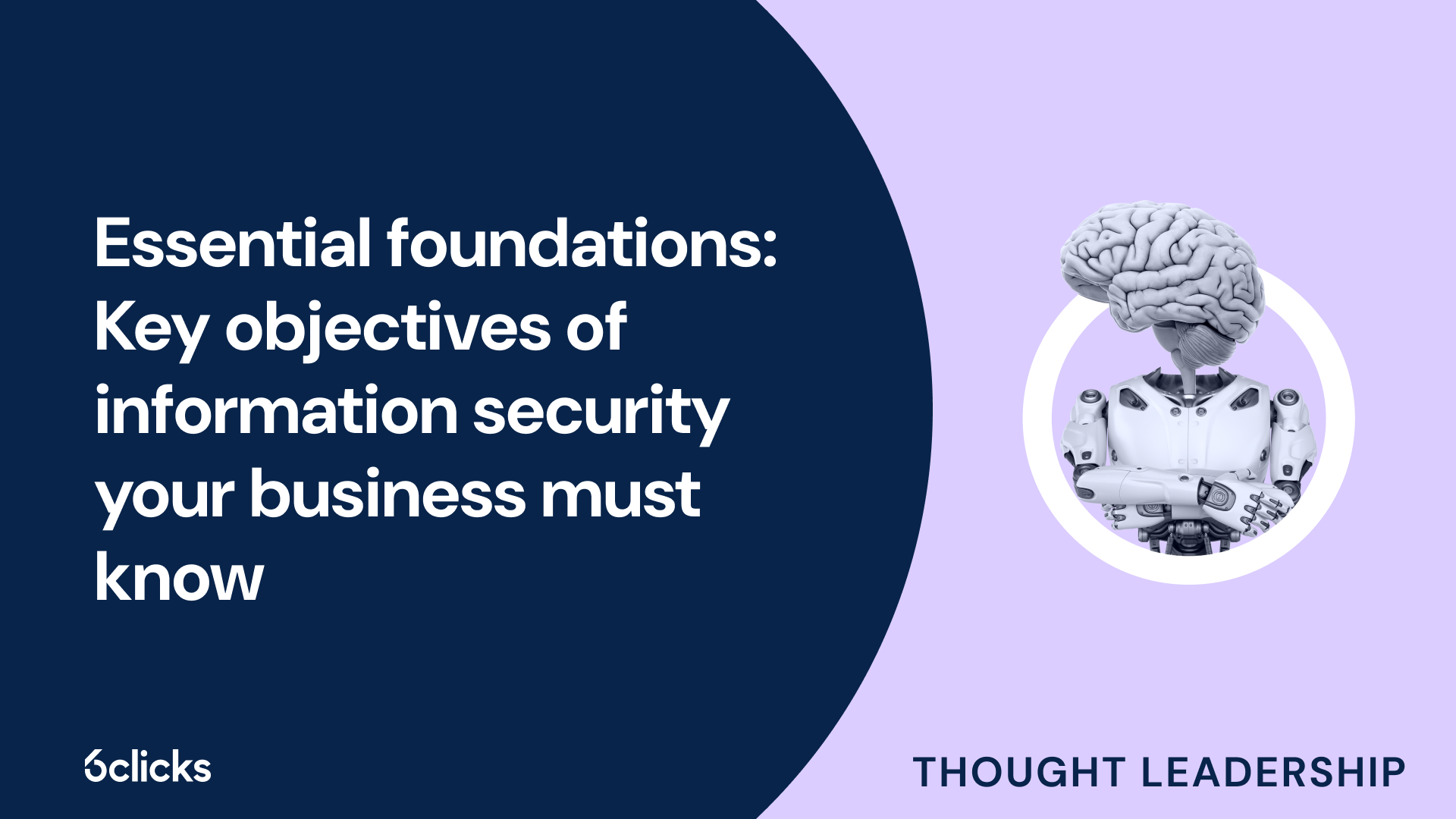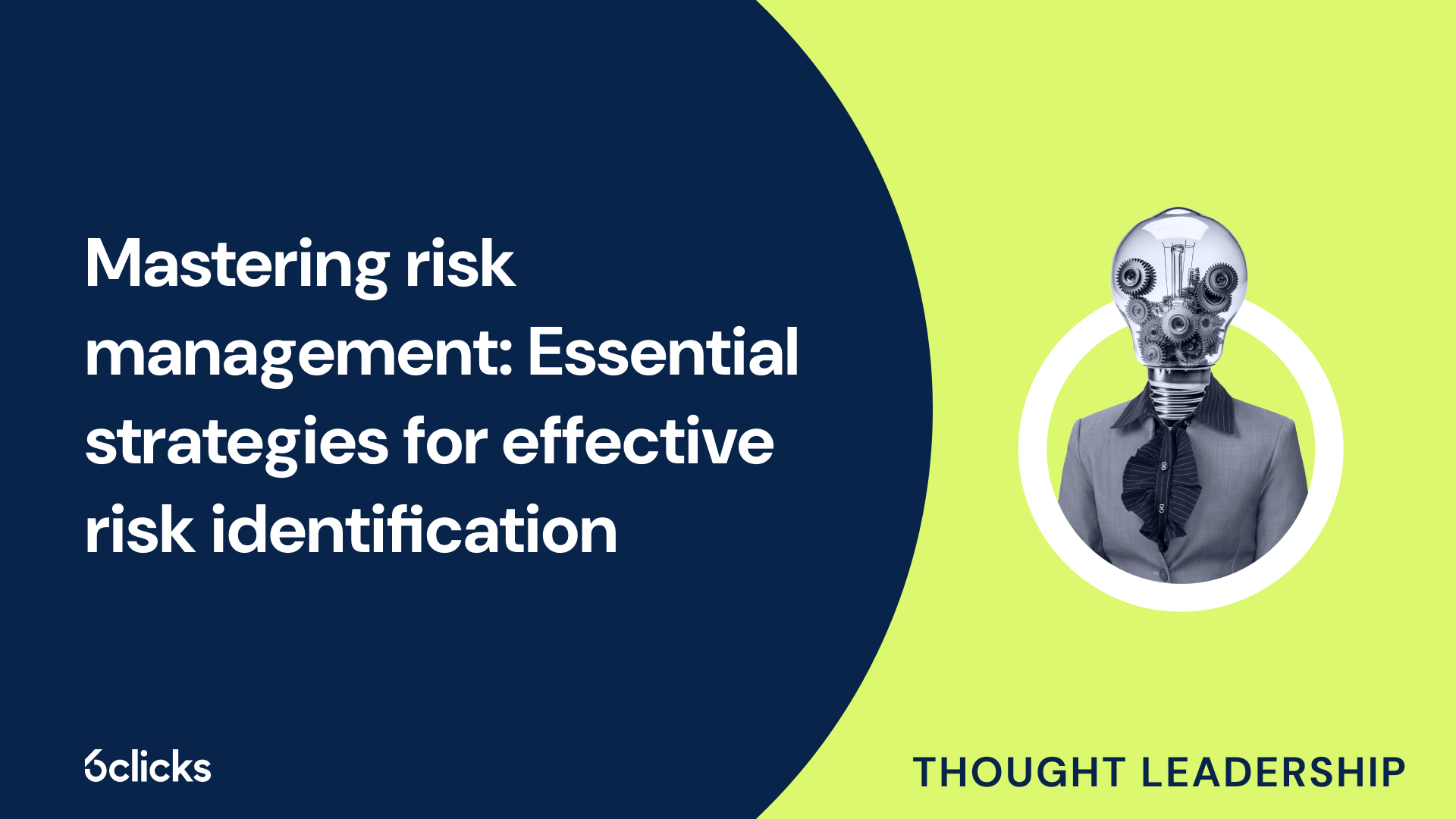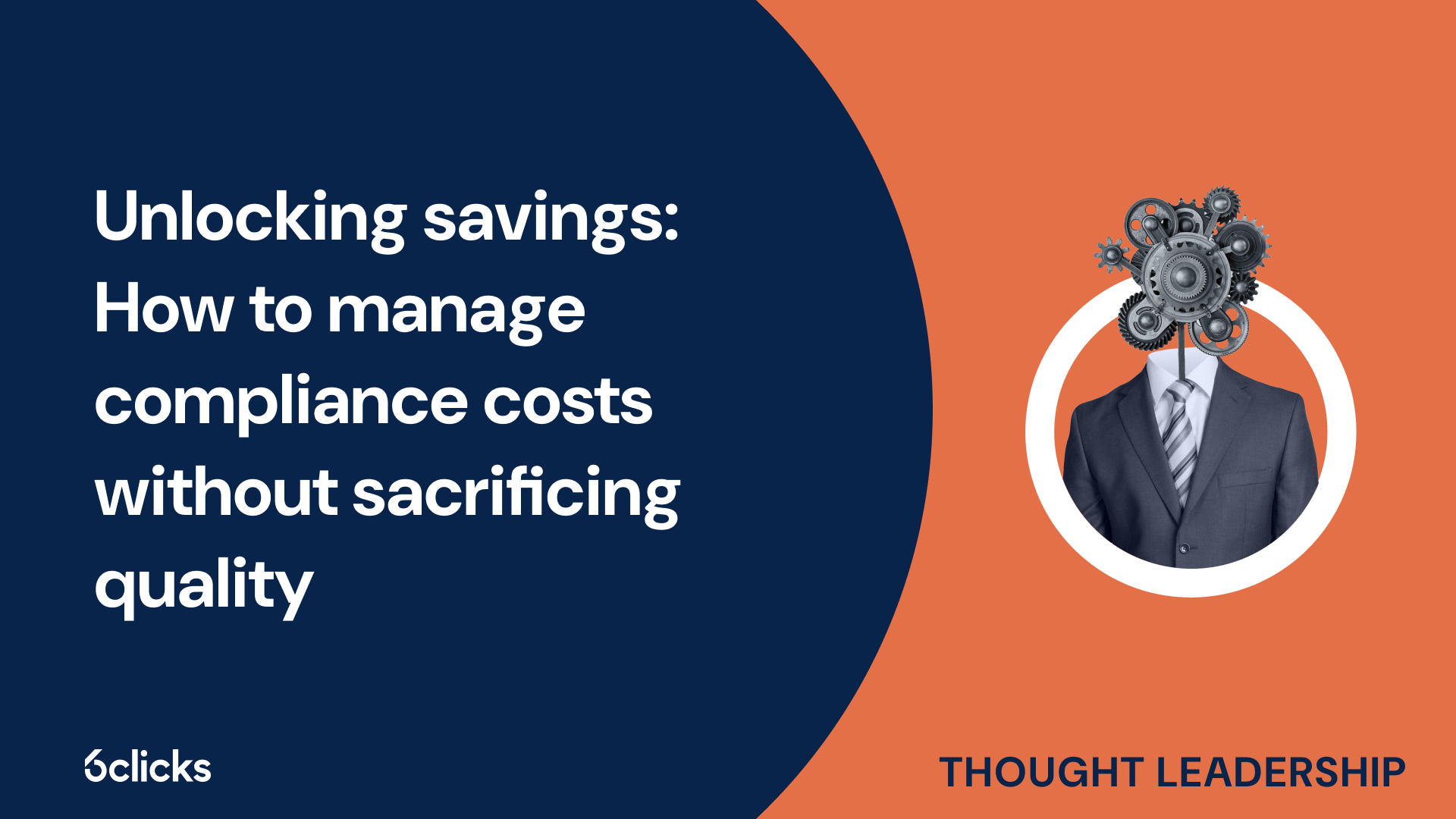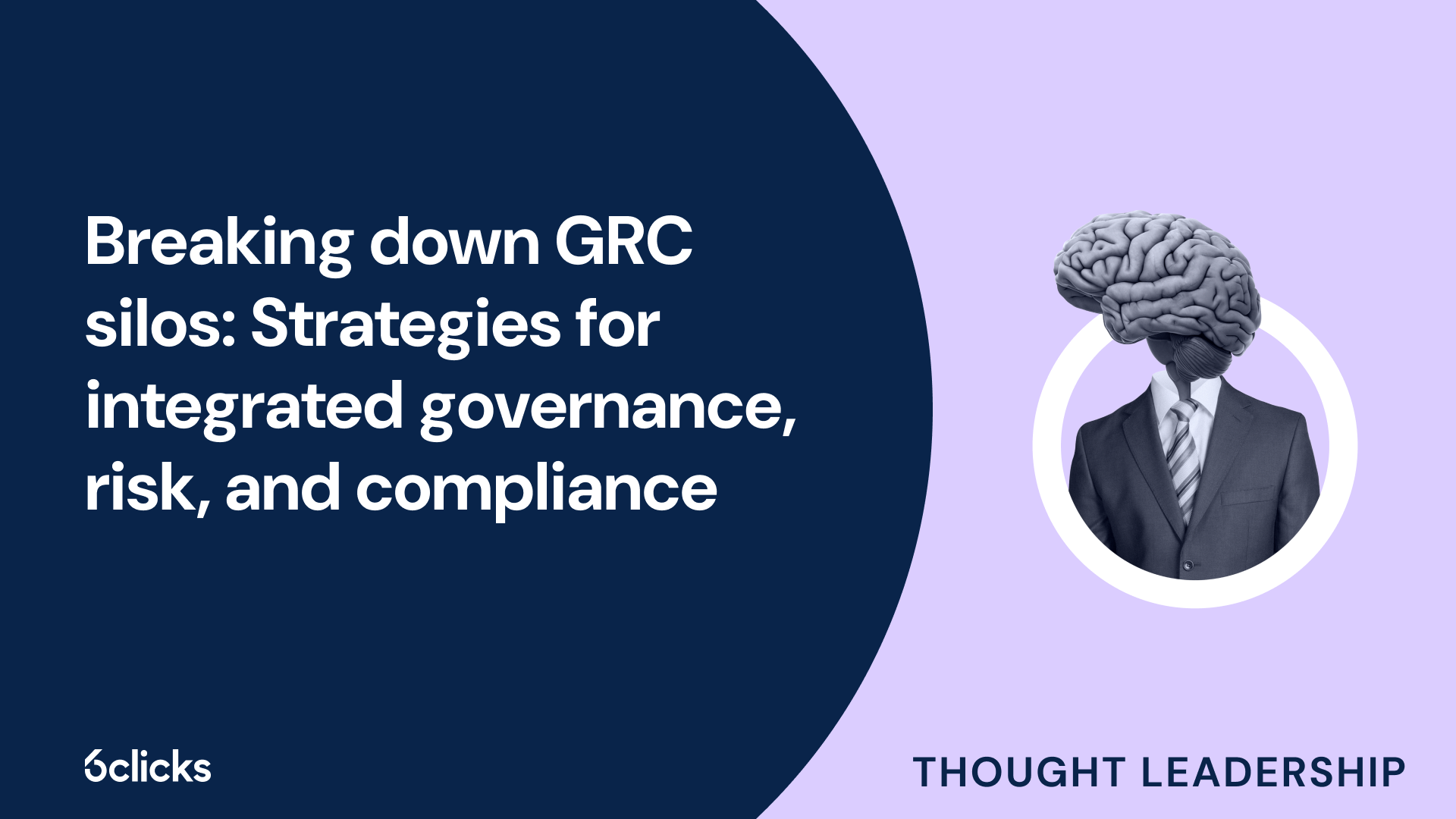The GRC buyer’s guide for 2025: Building resilience with AI-powered, federated solutions
Discover the ultimate GRC buyer's guide for 2025! Uncover how AI-powered, federated solutions transform compliance and security management for industries like government, aerospace, banking, and more. Learn about centralized control, continuous compliance, and advanced cyber GRC capabilities. Download now!
-1.png?width=200&height=249&name=Group%20193%20(1)-1.png)
The GRC buyer’s guide for 2025: Building resilience with AI-powered, federated solutions
What is security clearance?
Security clearance is a government-issued authorization allowing individuals to access classified information. The process includes thorough background checks on personal, financial, and professional history to ensure trustworthiness. In Australia, security clearances are essential for roles in government agencies and private industries handling sensitive data.
Why is security clearance needed in Australia?
Security clearance is essential for protecting national security by preventing unauthorized access to classified information. It ensures that only vetted individuals can handle sensitive government and defense-related materials. Unauthorized access can lead to espionage, cyber threats, and breaches that compromise national interests.
Key reasons why security clearance is necessary:
- Protects national security – Prevents classified information from being accessed by unauthorized individuals, reducing risks of leaks and espionage.
- Required for government & private sector roles – Essential for positions in defense, intelligence, law enforcement, cybersecurity, and private contractors working with government agencies.
- Prevents foreign influence – Only Australian citizens can apply, minimizing risks of foreign interference and ensuring loyalty to national interests.
- Comprehensive vetting process – Assesses financial history, criminal record, and potential vulnerabilities to ensure candidates are not susceptible to coercion or compromise.
By implementing strict security clearance requirements, Australia ensures that sensitive data is handled only by trusted individuals, reinforcing the nation’s security and defense systems.
Read more: All you need to know about Australia's DISP membership
Security clearance levels in Australia
Australia has five security clearance levels, each granting different access to classified information. The level of clearance required depends on the sensitivity of the information and the individual's role within the government or private sector. The vetting process for each level becomes increasingly rigorous, ensuring that only trustworthy individuals handle classified materials.
1. Baseline security clearance
- Entry-level clearance for roles with limited access to sensitive information.
- Requires a basic background check, including criminal history and verification of Australian citizenship.
- Suitable for administrative and support roles within government agencies and private contractors.
2. Negative Vetting Level 1 (NV1)
- Required for positions that involve access to classified material.
- Involves a more extensive background check, including employment history, references, and financial assessments.
- Applicants must demonstrate trustworthiness and low susceptibility to coercion.
- Commonly required for roles in defense, intelligence, and national security operations.
3. Negative Vetting Level 2 (NV2)
- Grants access to highly classified information and requires a comprehensive investigation.
- Involves thorough checks on personal, professional, and financial history, along with interviews with referees and family members.
- Ensures individuals have high integrity, loyalty, and no vulnerabilities to foreign influence.
- Typically required for senior defense and intelligence roles.
4. Positive Vetting (PV)
- Required for individuals handling top-secret materials and highly sensitive national security information.
- Involves rigorous background checks, psychological assessments, and interviews with colleagues, acquaintances, and referees.
- Assesses personal values, associations, integrity, and financial stability.
- Mandatory for roles with broad access to classified national security data.
5. Top Secret Positive Vetting (TS PV)
- The highest level of security clearance, granting access to the most sensitive government information.
- Requires an in-depth investigation, including detailed security checks, lifestyle assessments, and ongoing monitoring.
- Involves extensive interviews with a wide range of contacts, including family members, co-workers, and associates.
- Essential for top-level government, intelligence, and defense personnel with continuous exposure to national security matters.
Each level of security clearance is granted based on the level of trust required for the role. The process ensures that only highly reliable individuals are given access to classified information, minimizing security risks and protecting Australia’s national interests.
How to apply for a security clearance in Australia
1. Submit an application - Complete the security clearance application, providing identity proof, employment history, and citizenship verification.
2. Background checks & investigations - Authorities conduct a thorough review of criminal records, financial history, mental health, and potential foreign influence risks.
3. Interviews & assessments - Applicants undergo interviews with investigators, references, and colleagues to determine reliability and suitability.
4. Who can apply for security clearance? - Only Australian citizens are eligible for security clearance, ensuring national loyalty and security commitment.
Benefits of security clearance
- Job opportunities – Essential for government roles and private defense industries.
- Career advancement – Higher clearance levels can lead to better roles and salaries.
- Access to classified information – Enables professionals to work on critical national security projects.
Common misconceptions
- All clearances are the same – Different levels grant varying access.
- Clearance guarantees classified access – Access is granted only when necessary.
- Only government employees need clearance – Many private sector roles require it.
- Clearance is permanent – It is subject to periodic reviews and revocation.
Summary
- Streamline policy and control management: Set up and manage data security controls such as identity access management and multi-factor authentication, and create control tasks and responsibilities.
- Verify effectiveness through continuous monitoring: Ensure that security controls are working optimally to safeguard classified data by performing automated control tests powered by our continuous control monitoring capability.
- Demonstrate commitment through audits and assessments: Gather evidence on the performance of security measures by conducting regular audits. Expedite the process with turnkey assessment templates and AI-powered responses.







